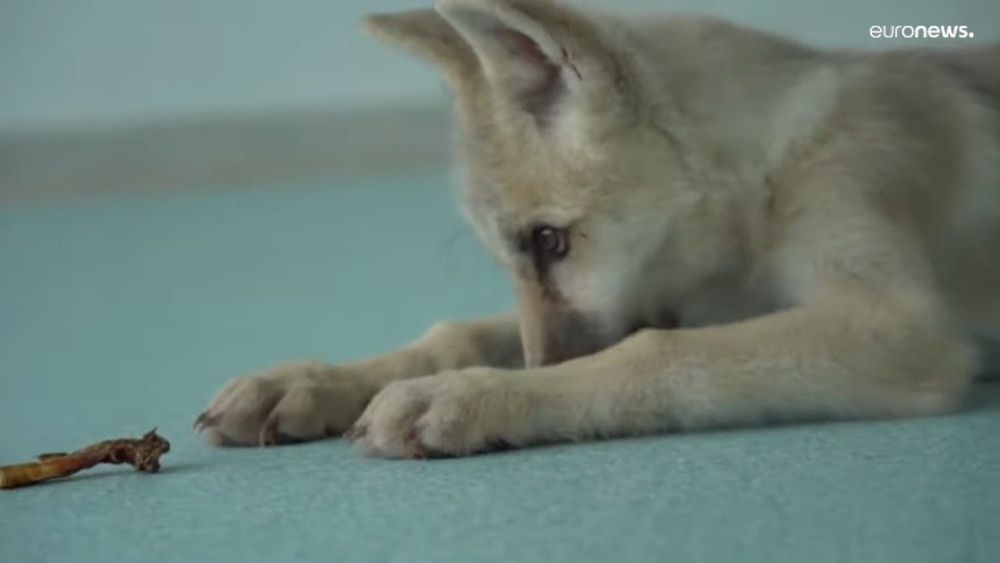Create a free profile to get unlimited access to exclusive videos, sweepstakes, and more!
A beagle gave birth to the world’s first arctic wolf clone
Family reunions are going to be weird.

In Jurassic Park, scientists attempt to harness the incredible power of DNA to resurrect long-extinct species from Earth’s Mesozoic period. They succeed and that success is their downfall. They had the right idea, the science works, but the execution was off. Fingers crossed we don’t make the same mistakes.
Ever since Dolly the cloned sheep hit the world stage, we’ve been enamored by the future potential and ethical pitfalls of cloning. Resurrecting dinosaurs is clearly a bad idea, as bad as we’d want to see them. They probably wouldn’t have a super good time on a planet which has changed massively since last they were here, and there’s the whole problem of eating the spectators. However, cloning might have some potential in other use cases, primarily conservation. Instead of bringing back animals which have already gone, scientists could use cloning to prevent extinction altogether. At least that’s the goal.
Sinogene Biotechnology, a genetics company based in China, primarily clones dead pets. At the time of this writing, they currently offer the ability to clone your dog, cat, or horse. You simply use their in-house cell preservation service to store your pet’s genetic material and, in the event of their inevitable demise, Sinogene will bring them back to you in the form of a genetically identical copy.
Now, however, Sinogene has moved into cloning more exotic animals not for the pet trade, but for preservation, according to a report from Global Times. They’ve announced the successful cloning of an arctic wolf, named Maya, the first in the world. Their goal is to develop robust cloning technologies and infrastructure which could come in handy for the conservation of endangered species. While the arctic wolf isn’t endangered itself, according to the World Wildlife Fund, the successful cloning serves as a proof of concept, a steppingstone toward other species.
Maya was born in June of 2022 but only just announced to the world. So far, she’s doing well and is in good health. She spends her days hanging out with her mom, who just so happens to be a beagle. A dog was chosen as surrogate because of their genetic similarity and shared lineage with wild wolves.
The genetic material for Maya was taken from the cells of a wild wolf, who was also named Maya and died of old age. That genetic material was then implanted into the oocyte of a dog. In fact, 137 embryos were created in total. Of those, 85 were implanted into the wombs of beagles. Maya was the only success; cloning is a messy business.
Once Maya has grown a little bit, she’ll be displayed to the public and will spend the rest of her days in Harbin Polarland, a polar-themed park in China. It seems an unfitting end for so miraculous a creature, but it’s unlikely Maya would fare well in the wild considering the unusual circumstances of her birth and early life.
While she won’t have the life nature intended for her, perhaps she can become a symbol of conservation, preventing the further decline of threatened species. If not, Sinogene plans to be there. The company recently announced a collaboration with Beijing Wildlife Park, to create a process for genetic preservation of rare and endangered animals so that they might be cloned in the future, if and when the need arises.
If Maya is any indication, the future of conservation might happen as much in the lab as it does in the field. Cloning could allow us to manage the genetic diversity of populations and restore species on the brink of extinction. We might even be able to bring some recently extinct animals like the Tasmanian tiger back from the abyss. Obviously, our primary efforts should be focused toward preventing loss, not reversing it, but Maya provides hope for lost or disappearing species. She’s also cute as a button.


























